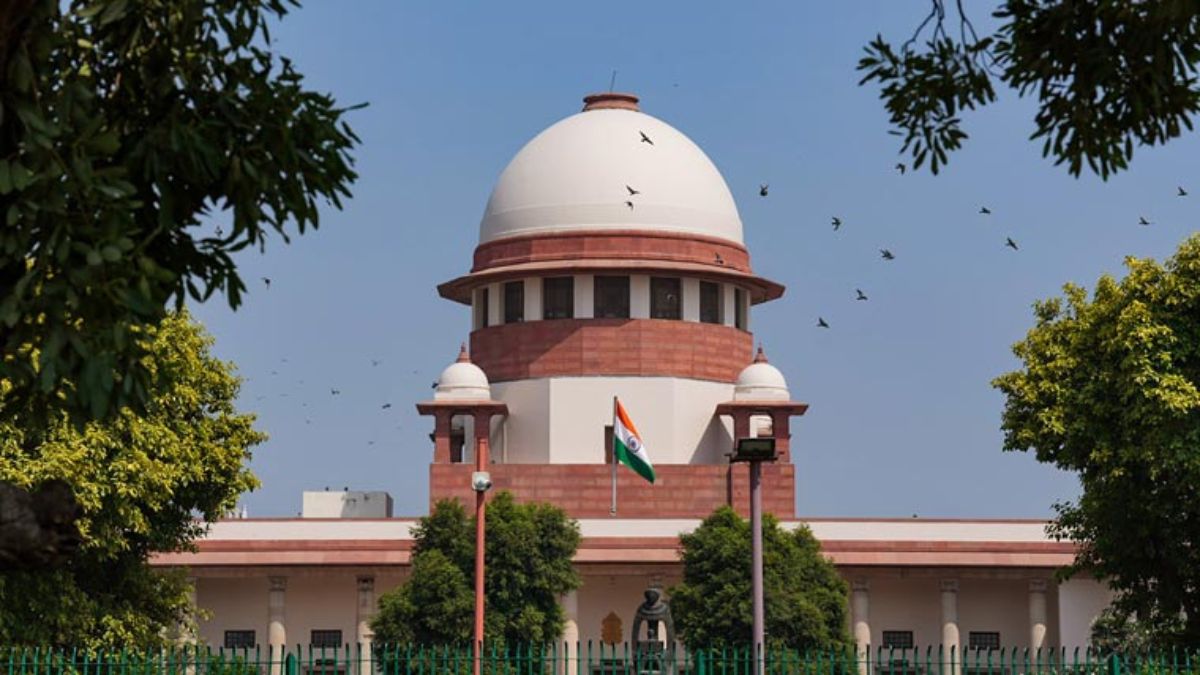Appointment of judges’ relatives to judicial positions: 14 candidates linked to sitting or retired judges
 Representational image | PTI
Representational image | PTI
The standoff between executive and judiciary is again visible in public domain as many as 29 names have been pending with the government since 2022. The Supreme Court of India’s efforts to promote transparency, has cast a spotlight on another contentious issue pertaining to the appointment of judges’ relatives to judicial positions. Among 221 candidates recommended for High Court judgeships since November 9, 2022, 14 are linked to sitting or retired judges.
The Supreme Court’s website, updated on May 5, 2025, detailed that of 170 approved High Court appointees, 12 had familial ties to judges, while 2 of the 29 candidates still pending government clearance also share such connections. These numbers, though representing roughly 6 per cent of recent appointees, reignite concerns about dynastic tendencies.
29 candidates recommended for High Court judgeships by the Supreme Court Collegium remain in limbo, awaiting government approval since November 9, 2022. Of these, 17 were proposed by the Collegium led by former Chief Justice of India (CJI) D.Y. Chandrachud, and 12 by the current CJI Sanjiv Khanna-led Collegium, as disclosed by the Supreme Court.
The data shows that only 34 of the 406 were women. Only eight candidates belonged to Scheduled Castes; seven belonged to Scheduled Tribes; 32 candidates were from Other Backward Classes; 7 were from Backward/Most Backward Classes and 14 were related to either sitting or retired judges.
Besides this data, the top court has also placed the complete process of appointments to the high courts and the Supreme Court, including the role assigned to the High Court Collegium, the role of and inputs received from the state governments, Union of India and consideration by the Supreme Court Collegium, on its website for the knowledge and awareness of the public.
The top court also put out documents detailing the appointment process, a version of the Memorandum of Procedure (MoP) adopted to govern judicial appointments.
“The Supreme Court of India has placed the complete process of appointments to the High Courts and Supreme Court including the role assigned to the High Court Collegium, the role and inputs received from the State Governments, Government of India, and consideration by the Supreme Court Collegium, on its website for knowledge and awareness of the public,” the statement released midnight reads.
The asset disclosures come at a very crucial moment for the Supreme Court, as both the institution and its appointment processes face growing public and institutional scrutiny. Questions of judicial integrity have intensified following serious allegations that unaccounted cash was discovered at the residence of High Court judge Yashwant Varma after a fire broke out on March 14. The incident sparked widespread concern and debate over transparency in the judiciary.
India